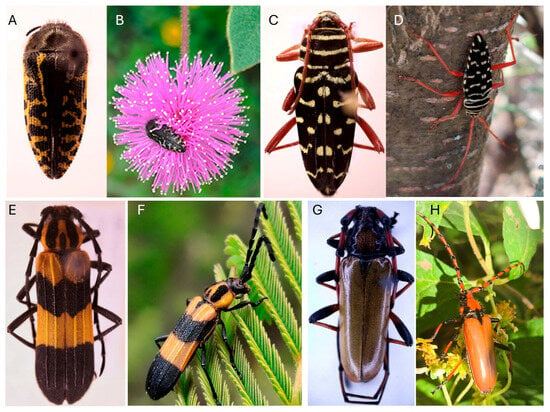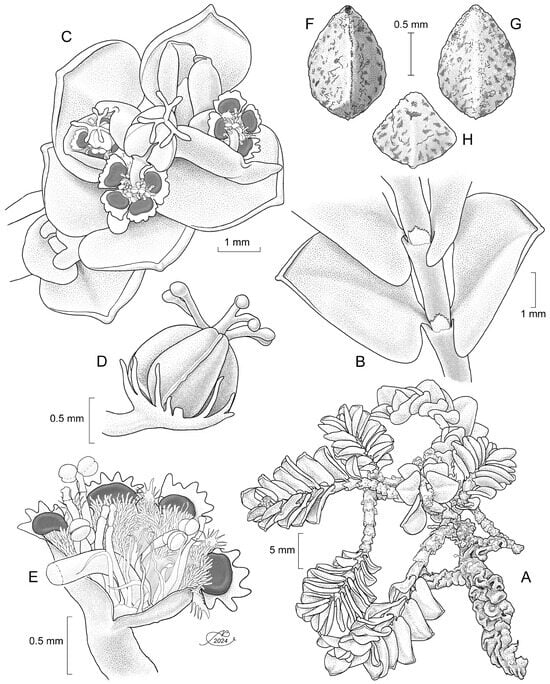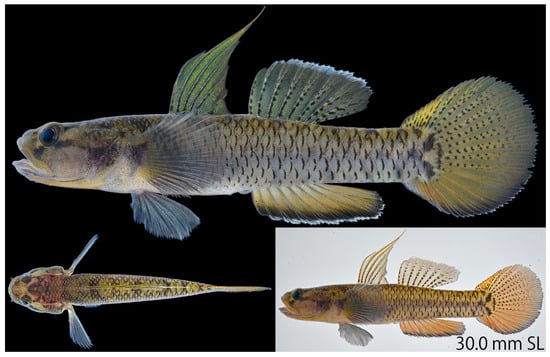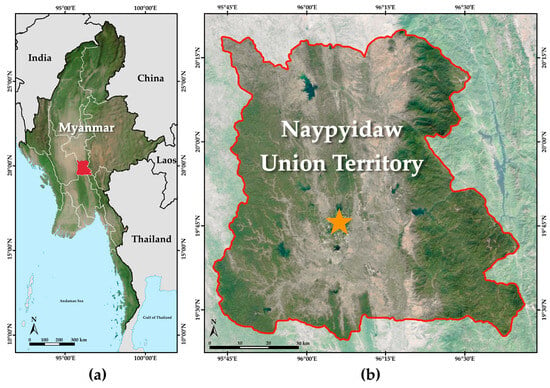- Article
First Annotated DNA Barcodes for Four Saproxylophagous Beetle Species (Coleoptera: Buprestidae, Cerambycidae) from the Central Valleys of Oaxaca, Mexico
- Jose Guadalupe Martinez-Hernandez,
- Matthias Rös and
- Sonia Trujillo-Argueta
- + 3 authors
DNA barcode sequences remain unavailable for many species of Mexican Coleoptera. This study presents the first COI barcode records for four saproxylophagous beetle species (Coleoptera: Buprestidae, Cerambycidae) from the Central Valleys of Oaxaca, Mexico: Acmaeodera scalaris, Placosternus erythropus, Parevander xanthomelas, and Stenaspis castaneipennis. The sequences, together with their associated metadata, were deposited in the Barcode of Life Data System (BOLD) under the project Oaxaca Central Valley Insect Diversity (OCVID). A. scalaris is newly barcoded for Mexico, while the other three species are newly represented in global barcode databases. The P. xanthomelas barcode differs by approximately 8% from a GenBank sequence labeled with the same name, suggesting either a misidentified reference or a cryptic mitochondrial lineage. These data expand the molecular reference coverage for Neotropical Buprestidae and Cerambycidae and highlight the need for additional taxonomic work to refine species boundaries within Cerambycidae.
19 December 2025





